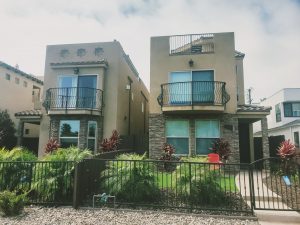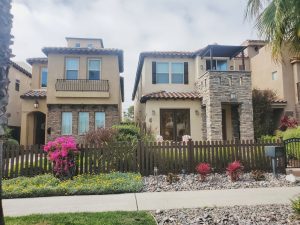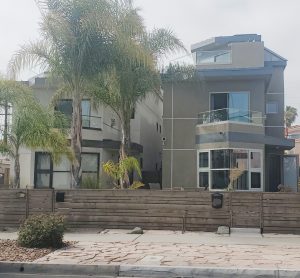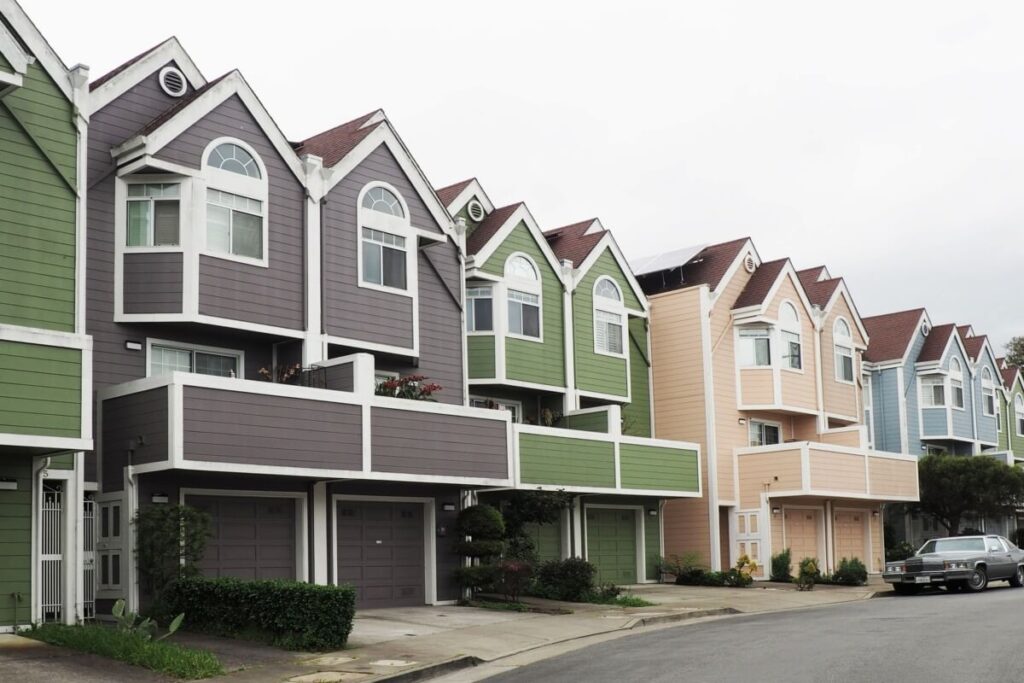Even in a pandemic, rent all over California continued to increase. While places like San Francisco saw a decline in rent, places like Fresno and Oakland, and California as a whole saw rents rise and due to the housing shortage that exists statewide, that trend won’t be reversing anytime soon. In order to help address the housing shortage California lawmakers drafted the housing bill SB 9 which would allow homeowners more autonomy over their own land.
What does SB 9 do?
If passed, SB 9 would give home and landowners more control over their property while limiting the ability of municipalities to stop the construction of additional housing through zoning restrictions. A city would only be allowed a by right approval, or ministerial approval, meaning the city would be forced to approve a proposal so long as it meets a fixed set of standards. This means that if a homeowner wanted to convert a home into a duplex, or split the property into two lots and build a second home, or two duplexes, the city would be required to approve
SB 9 is separate from the laws which allow both an ADU (accessory dwelling unit) and a junior ADU on a property. There were some concerns owners would be able to build a duplex on each lot, along with an ADU and junior ADU for a total of four units on each lot. SB 9 would limit the number of units to two duplexes per lot, which means if one lot were split into two, it would allow for a total of four units, one duplex per lot.
Are there limits?
There are some limits when it comes to landowners and developers. If a homeowner or developer has two lots adjacent to each other, only one of those lots can be split into two lots. There are also other limits specific to farm lands and high risk fire areas. Proposals also must adhere to objective local zoning and design standards. There would also be limits to demolition of existing structures and the lot splits would need to be of similar size, a minimum of 1,200 square feet each. The law wouldn’t apply in historical districts, farmlands, wetlands or any other environmentally sensitive area. SB 9 also puts restrictions on destroying current low income housing or rent controlled housing as well as units where tenants recently moved in.
Economic Opportunities
No matter where you go in California there is a housing shortage. SB 9 would allow for about ⅔ of current housing to convert into duplexes and split lots to build additional housing. This is a huge opportunity for property owners to create inter-generational wealth by building multiple homes on each lot. Land is always at a premium in California, especially since the most populated areas are near the coast and there’s obviously no land to develop west, and it doesn’t take long going east until you’re too far away from urban centers. Land is in such high demand, in many areas, people will buy new homes just to demolish them and build a new one. Splitting up a lot to add more housing has a tremendous amount of value and gives owners an opportunity to build more equity.
Concerns and opposition
When it comes to the opposition for increasing density, it mostly boils down to people liking things the way they are and they don’t want much change. With SB 9, cities can at least set design standards which would allow for all new homes to work with the local architecture keeping the character of the neighborhood the same. Here are some examples of lots which weren’t restricted by single family zoning and were split into two, as well as two lots where duplexes were built. From the street, it’s hard to tell these apart from a normal single family home restricted by single family zoning.






